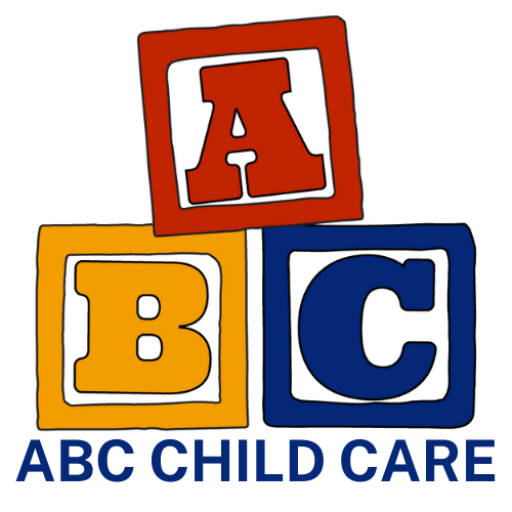Be a STEM Superstar!
- STEM topics are not silos. Good STEM programs integrate the concepts of science and math with the tools of technology and then apply them as engineering to problems in the real world. For example, an activity to measure the speed of a toy car can involve the science concepts of speed and acceleration with the technology of a timer and the math of Speed = Distance / Time.
- Make activities relatable and tangible. Making concepts relatable and tangible to young people involves them in the learning. At the start of an activity, use open-ended discussion questions to draw out existing knowledge and experiences. You can explore friction as the next science topic, or you can challenge the kids to make a skateboard roll further. Which sounds more interesting? The second approach allows young people to draw on their own experiences and provides a personal investment in the discoveries.
- Inspire curiosity and critical thinking. The entire collected knowledge of the world is now available in our pockets via our smartphones. Young people no longer need to just know facts and figures; they need the critical thinking skills necessary to interpret and use that information. One of the most important benefits of STEM is that topics are taught against a background of analysis and questions. Learn the art of asking open-ended questions and use discrepant events to pique curiosity.
- Learn by doing. STEM learning begins with play and exploration. One of the key advantages of the afterschool environment is the ability to provide small-group, hands-on, inquiry-based learning in a nontraditional setting. Choose hands-on activities where materials are provided for small teams to explore, experience and experiment with.
- Make connections. Learning does not take place in compartments. When you learn a new idea, you do so in the context of what you already know. For example, if exploring the concept of friction, connections can be made to slipping on ice. Drawing existing knowledge or experiences provides a framework of understanding and improves retention. It also provides the groundwork for then applying concepts to new problems and challenges.
- Inspire collaboration. Create an atmosphere of teamwork. Actively teach and role model teamwork skills. Promote an inclusive, respectful, relaxed environment that supports new ideas and questions. The control of the learning process should be transferred to the young people. Create new roles and rules for your groups that stress responsibility.
- Celebrate failure. We often learn more when something does not work than when it does. Promote an atmosphere that rewards risk taking and experimenting. Failure is a natural part of experimenting and taking risks.
- Facilitate, don’t dictate. The old model of teaching facts from the front no longer provides the skills needed in the 21st century. Provide problems not answers, encourage questions and celebrate experimentation. Be prepared to deviate from your lesson plan, depending on where the kids’ investigations and decisions take them.
- Process the STEM experience. Ask open-ended questions that encourage everyone to discuss and reflect on what they have learned. Keep evaluation child-centric and experiential by designing activities that assess knowledge by applying it to new scenarios. For example, an activity on friction can be evaluated by challenging the students to race wind-up cars, where the wheels spin ineffectively until more friction is created.
- Be a role model. Be passionate about experimentation and enthusiastic about what the young people are learning. Be a cheerleader for STEM: Draw connections to real-world benefits and careers. Evolve as a learner yourself, and pay attention to the art of teaching. Ask yourself: Are your activities inclusive, gender neutral, relatable, inquiry-based and fun?
http://naaweb.org/professional-development/item/460-10-tips-become-a-stem-superstar

